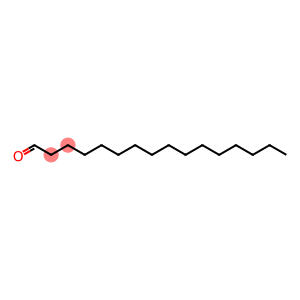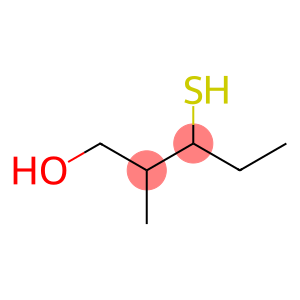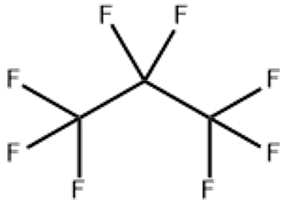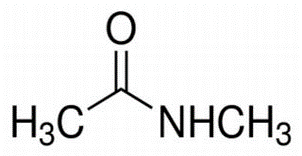4-Methylheptane(CAS#589-53-7)
| Risk Codes | R11 – Highly Flammable R38 – Irritating to the skin R50/53 – Very toxic to aquatic organisms, may cause long-term adverse effects in the aquatic environment. R65 – Harmful: May cause lung damage if swallowed R67 – Vapors may cause drowsiness and dizziness |
| Safety Description | S9 – Keep container in a well-ventilated place. S16 – Keep away from sources of ignition. S29 – Do not empty into drains. S33 – Take precautionary measures against static discharges. S60 – This material and its container must be disposed of as hazardous waste. S61 – Avoid release to the environment. Refer to special instructions / safety data sheets. S62 – If swallowed, do not induce vomitting; seek medical advice immediately and show this container or label. |
| UN IDs | UN 1262 3/PG 2 |
| WGK Germany | 3 |
| Hazard Class | 3.1 |
| Packing Group | II |
Introduction
4-Methylheptane is an organic compound that is also known as n-octane. The following is an introduction to the properties, uses, preparation methods and safety information of 4-methylheptane:Quality:- Appearance: Colorless liquid- Solubility: insoluble in water, soluble in organic solventsUse:- 4-Methylheptane is widely used as a solvent, especially in chemical laboratories to dissolve fats and resins.- It can also be used as an ingredient in dissolving and cleaning paints, coatings, and adhesives.- In industry, it is often used as an additive to gasoline.Method:- 4-Methylheptane can be prepared by dehydrogenation. A common method is to convert heptene to 4-methylheptane by catalytic hydrogenation of heptene.Safety Information:- 4-Methylheptane has low toxicity, but appropriate precautions are still required.- Avoid contact between eyes and skin, and wear goggles and gloves if necessary.- When using and storing, avoid direct sunlight and high temperatures.- If inhaled or ingested, seek medical attention as soon as possible.








